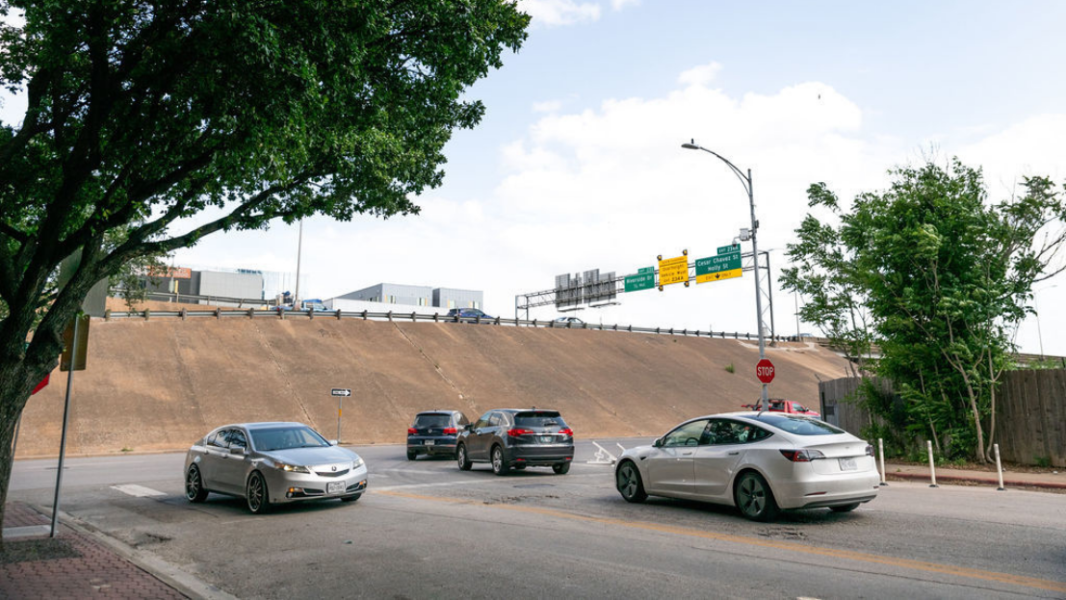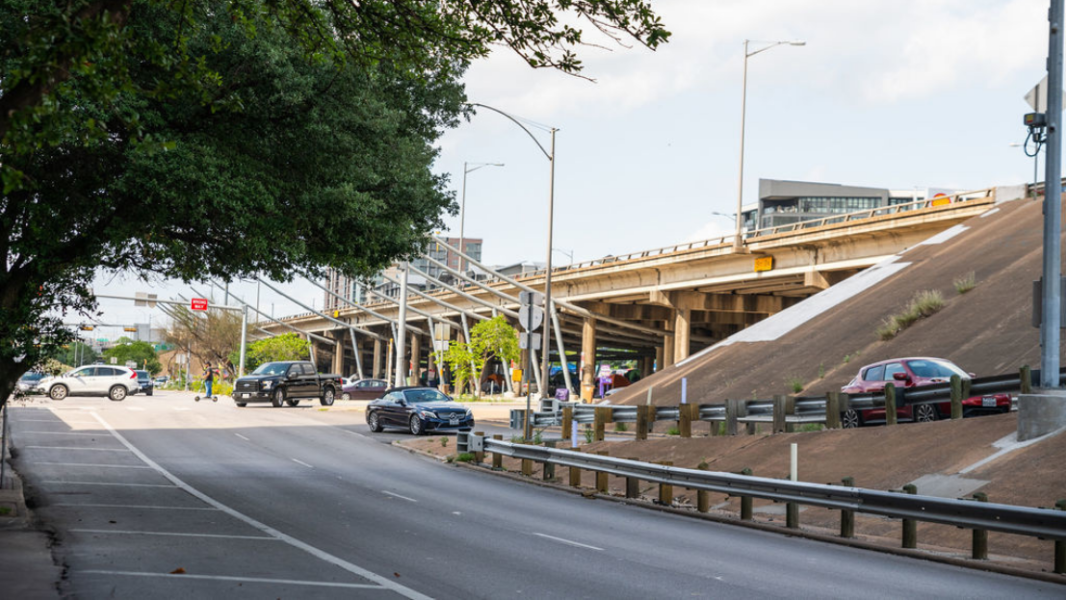By Dewitt Peart
For over 25 years, the Downtown Austin Alliance has collaborated with community partners to champion solutions to the complex challenges our city faces. Great places don’t just happen—they are built by people and organizations that care deeply about making them welcoming, vibrant and vitally important to the culture of the community at large. It is a critical time for our city’s growth. To ensure we get the I-35 central corridor reconstruction right, TxDOT and the City must engage with the community to address our input, wants and concerns.
We are invested in the outcome of the I-35 reconstruction project to ensure that it not only reunites the east and west sides of our city and enhances environmental and health outcomes, but also offers the mobility solutions and congestion relief our city needs. As Austin continues to grow, so does traffic, which means the corridor will remain a vital artery for economic prosperity.
In early 2020, with the knowledge that TxDOT would be lowering the highway and removing the upper decks, we hosted a panel of experts from the Urban Land Institute (ULI) to help shape a roadmap to leverage TxDOT’s investment by capping and connecting the I-35 corridor. We partnered with 45 community mentors and experts to host 14 community conversations that laid a foundation for co-creating a new vision for I-35. The Downtown Alliance remain active leaders in TxDOT’s National Environmental Policy Act (NEPA) review process for I-35, to ensure that community values and input are considered at every step; and while we need to keep the momentum moving forward on reconstructing aging infrastructure, there are critical community concerns with TxDOT’s current alternatives for I-35 that still need to be worked out.

I-35 has a divisive legacy. In the 1960s it became a segregation-era barrier that caused generations of loss and the displacement of communities. We have a once in a lifetime opportunity to right a historical wrong.
The Downtown Austin Alliance and the diverse coalition of community leaders known as the I-35 Scoping Working Group sees this reconstruction as a chance to realize desired community outcomes. Those include an interconnected set of caps (or deck plazas covering the highway that can reclaim that property as public space), boulevard-like frontage roads connected by greatly enhanced east-west crossings and other parks and civic amenities with the collective potential of reshaping our city.
We believe a narrower highway right-of-way in the central area and less displacement should be included in the final design plans. We also want to see frontage roads that function like slower downtown boulevards or central promenades, rather than additional fast-moving lanes for the highway.
There is much to like in TxDOT’s current plans for I-35, including lowering the highway, removing the upper decks, rebuilding bridges with enhanced bike and pedestrian access and more. However, there’s no reason why TxDOT cannot address traffic bottleneck and make the highway exceedingly better for the community. A regional coordination effort to manage construction sequencing and to prevent traffic delays during peak travel times as both the I-35 and Project Connect efforts move forward is also critical.
We urge the City of Austin and TxDOT to work collaboratively—outlining a process and timeline—with the community to develop solutions. The process should identify new options that not only address community concerns, but also the tradeoffs associated with each should be evaluated collaboratively with the community.
The time is now to work together if we want the benefits of a lowered, safer, healthier, more multi-modal supportive, and therefore, a more equitable I-35.
We not only call upon all Austinites to come to the table and provide input, but we also implore TxDOT and the City of Austin to come together with the community to find a solution—it is too important not to for our city now and in the future.
Dewitt Peart is the president and CEO of the Downtown Austin Alliance


